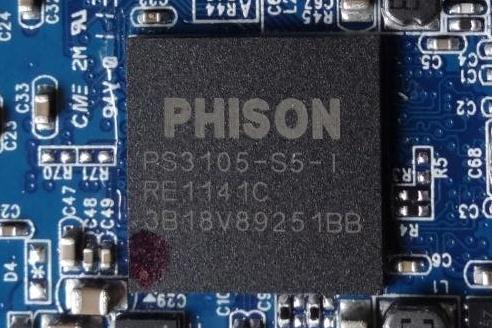Crucial Technology today announced the imminent release of their Crucial V4 SSD. Crucial’s new V4 will be equipped with a SATA 2 interface, underscoring the demand for lower end SSDs in the marketplace. Crucial’s new product will deliver read/write speeds of up to 230MB/s and 190MB/s respectively. The new drives will be available in capacities of 32GB, 64GB, 128GB, and 256GB and will have a cost upward of 189$.
This is certainly interesting, as it seems Crucial has decided to get in on the low cost SSD game along with a number of other manufacturers. It appears that the market has spoken when it comes to the need for low cost SSD products. I think the etiology behind this is that many consumers are realizing that data transfer rates higher than 200 – 300MB/s aren’t all that necessary. It seems we’ve hit something of a plateau when it comes to noticing increases in SSD performance in all but the most demanding tasks. For relatively light duties, such as basic use and even gaming, most end users will be hard pressed to notice any difference whatsoever. It’s exactly these limitations of human perception that manufacturers such as Crucial are banking on, especially as lower end products tend to have much higher profit margins as well.
Another thing I have to mention is the main building block for Crucial’s new offspring, that being Phison’s PS-3105 SSD processor. Now if you’ve read our previous coverage of Patriot’s Torqx 2 SSD, you’ll have a good idea of what to expect here, and based on those results, it seems Crucial has an extremely solid offering on its hands with the V4 . It’s nice to see SSD manufacturers adopting solid 3rd party controllers from disparate manufacturers instead of always going down the easy path. This creates a better environment for both companies and the consumers they serve, with competition lowering prices for everyone involved. Indeed, I can’t help but wonder if we won’t find that Phison’s little wonder can do things we’ve never seen before, especially now that it has Crucial’s excellent R&D resources to back it up. Don’t forget, the firm has a history of pulling souped up firmware revisions out of their sleeve. Early adopters may find that their investment has paid off more than they could’ve ever imagined.
All in all, it seems crucial has a real winner on its hands. By combining high performance along with aggressive pricing, their new release may be just what the doctor ordered. Oh, and don’t forget mail in rebates, as it’s very likely this little GEM can be had for a song, especially if it’s sought during the right time of the year. When it comes down to it, SSD manufacturers are realizing more and more that the mainstream market is the real cash cow, and as such, they are making it their duty to maintain the smooth flow of low cost solid state storage devices. With more and more heavy hitters like Crucial making their presence known, it really will be interesting to see just how much this market segment heats up.
If it ends up being anything like the oven that is Chicago, we really are in for a treat.
Press Release On Next Page.
 The SSD Review The Worlds Dedicated SSD Education and Review Resource |
The SSD Review The Worlds Dedicated SSD Education and Review Resource | 

I wish manufactures would stop promoting linear transfer speeds as the method of drive comparison because in reality the IOPS are what make the difference. To prove it, I have ran a Virtual Machine over eSata and USB 2.0 and there are almost no differences in application start times and system respoonsiveness.
The highest numbers sell SSDs period. Even start times and system responsiveness are mediocre indicators of performance as they are so susceptible to affect from the OS and other hardware. In my opinion, some manufacturers have it right by making both compressible and incompressible data results transparent.
”
Even start times and system responsiveness are mediocre indicators of performance ”
A users judges performance on start times and responsiveness, this “is” the indicator for the user. Then from that angle, the promotion of an SSD should be on IOPS, not linear transfer.
But a side point would be that the criteria of performance is always from some perspective, for example if the SSD were a paper weight then I would judge weight as a performance indicator. In this case, computer responsivness and snappiness are what is important so this makes IOPs the performance indicator.
The difficulty with this theory is that typical user experience, including start times, is based on disk access alone and all SSDs are in the area of .01-.02ms making it virtually impossible to measure. We don’t evaluate start times as a comparable factor because we can get any SSD to boot to screen in 7-8 seconds.